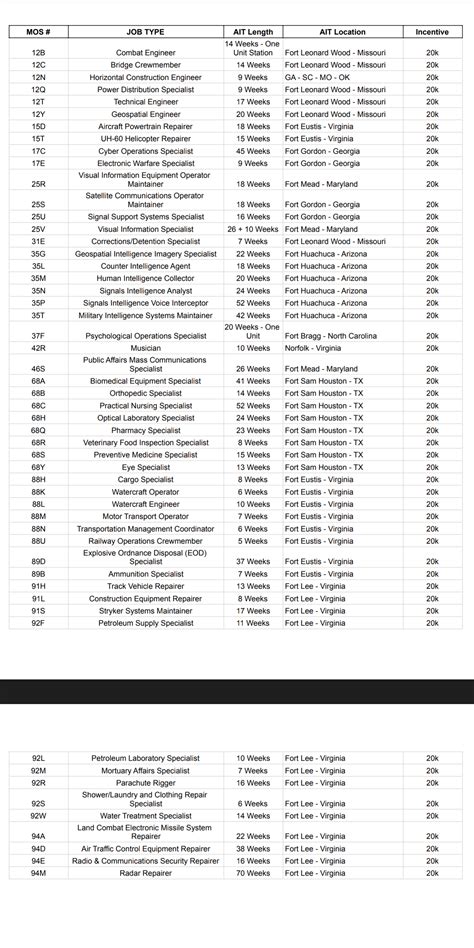Change Your Fuel Filter Easily
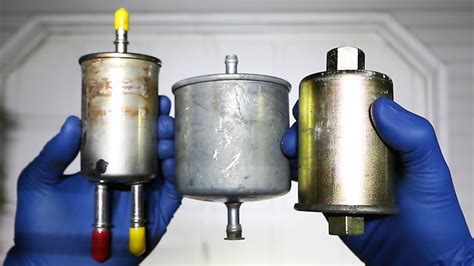
Introduction to Fuel Filter Replacement
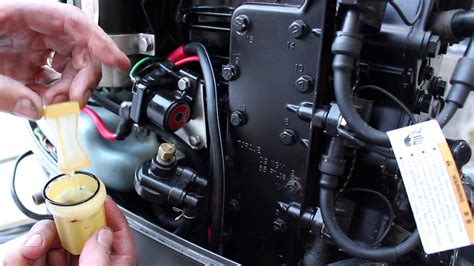
Replacing a fuel filter is a relatively simple process that can be done at home with a few tools. It’s an essential maintenance task for your vehicle, as a dirty fuel filter can decrease your car’s performance, fuel efficiency, and overall health. In this guide, we will walk you through the steps to change your fuel filter easily and safely.
Why Replace Your Fuel Filter?
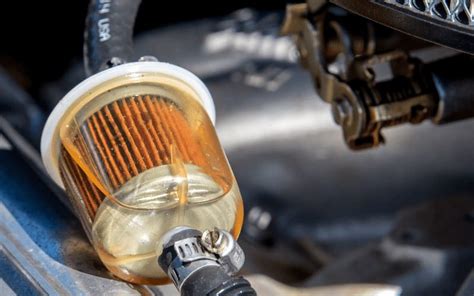
Before we dive into the replacement process, it’s essential to understand why replacing your fuel filter is crucial. A fuel filter plays a critical role in protecting your engine from contaminants and debris in the fuel system. Over time, the filter can become clogged, reducing fuel flow and potentially causing damage to your engine. Regular replacement of the fuel filter can help prevent problems such as: * Reduced engine performance * Decreased fuel efficiency * Increased emissions * Potential engine damage
Tools and Materials Needed

To replace your fuel filter, you will need the following tools and materials: * A new fuel filter (make sure it’s compatible with your vehicle) * A filter wrench (if your filter has a threaded connection) * A rag or paper towels * Safety glasses and gloves (optional) * A drain pan (if you’re working underneath the vehicle)
Step-by-Step Guide to Replacing Your Fuel Filter
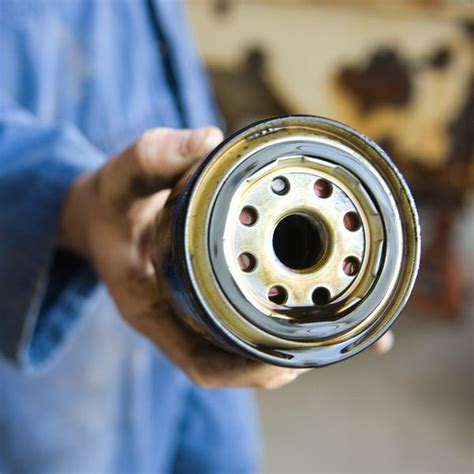
Here’s a step-by-step guide to help you replace your fuel filter: 1. Locate the fuel filter: The fuel filter is usually located along the fuel line, which runs from the fuel tank to the engine. It may be held in place by a bracket or clip. 2. Relieve the fuel system pressure: Before starting the replacement process, you need to relieve the fuel system pressure. You can do this by locating the fuel pump fuse or relay and pulling it out. Then, start the engine and let it run until it stalls. This will help reduce the pressure in the fuel system. 3. Disconnect the fuel lines: Use a filter wrench to loosen the connections to the fuel filter. Be prepared for any fuel spillage, and have a rag or paper towels handy. 4. Remove the old filter: Once the connections are loose, you can remove the old fuel filter. Be careful not to spill any fuel that may still be inside the filter. 5. Install the new filter: Take the new fuel filter and attach it to the fuel line connections. Make sure it’s securely tightened, but avoid over-tightening. 6. Reconnect the fuel lines: Reconnect the fuel lines to the new filter, making sure they’re securely attached. 7. Start the engine and check for leaks: Start the engine and let it run for a few minutes. Check the fuel filter connections for any signs of leakage.
🚨 Note: Make sure to dispose of the old fuel filter responsibly, and follow proper safety procedures when working with fuel systems.
Tips and Precautions
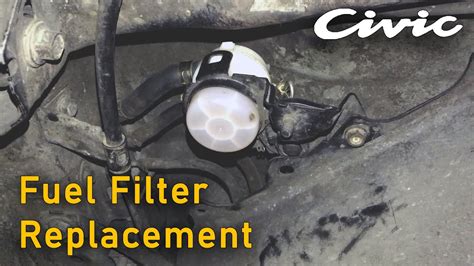
Here are some additional tips and precautions to keep in mind: * Always refer to your vehicle’s manual for specific instructions on replacing the fuel filter. * Use protective gear, such as safety glasses and gloves, when working with fuel systems. * Be careful not to spill fuel, as it can be hazardous to your health and the environment. * Consider replacing the fuel filter at regular intervals, such as every 15,000 to 30,000 miles, to maintain optimal engine performance.
| Vehicle Type | Recommended Replacement Interval |
|---|---|
| Gasoline-powered vehicles | Every 15,000 to 30,000 miles |
| Diesel-powered vehicles | Every 10,000 to 20,000 miles |
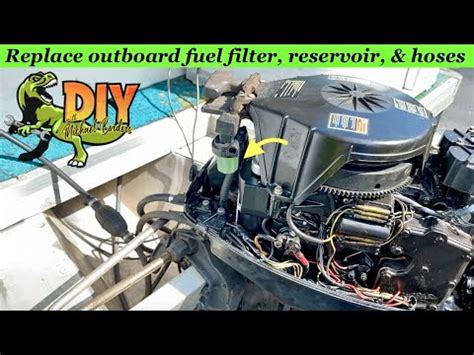
Common Mistakes to Avoid
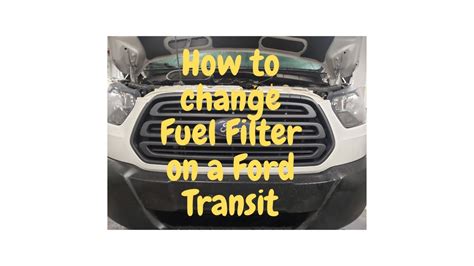
When replacing your fuel filter, there are some common mistakes to avoid: * Not relieving the fuel system pressure before starting the replacement process * Over-tightening the fuel filter connections, which can damage the threads or the filter itself * Not checking for leaks after installing the new filter * Not disposing of the old filter responsibly, which can harm the environment
In summary, replacing your fuel filter is a relatively simple process that can be done at home with the right tools and materials. By following the steps outlined in this guide and taking the necessary precautions, you can help maintain your vehicle’s performance, fuel efficiency, and overall health.
To finalize, the key points to remember are to always refer to your vehicle’s manual, use protective gear, and be careful not to spill fuel. Regular replacement of the fuel filter can help prevent problems and keep your engine running smoothly.
How often should I replace my fuel filter?
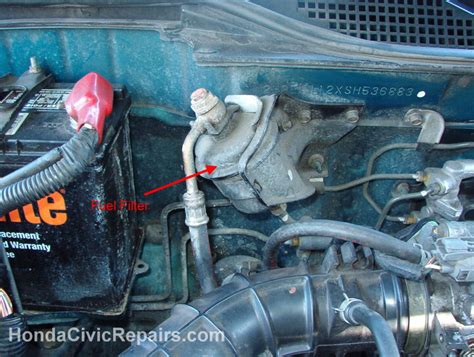
+
The recommended replacement interval for a fuel filter varies depending on the vehicle type and driving conditions. Typically, it’s every 15,000 to 30,000 miles for gasoline-powered vehicles and every 10,000 to 20,000 miles for diesel-powered vehicles.
Can I replace my fuel filter myself?
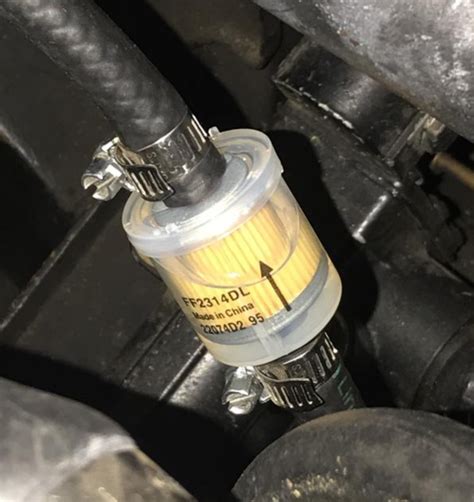
+
What are the consequences of not replacing my fuel filter?
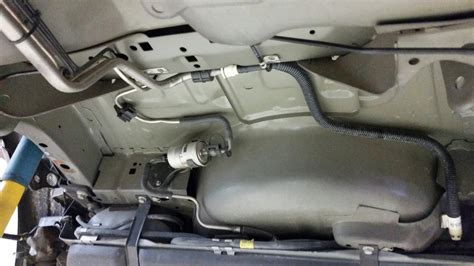
+
If you don’t replace your fuel filter regularly, it can lead to reduced engine performance, decreased fuel efficiency, and potentially cause damage to your engine. In extreme cases, a clogged fuel filter can cause your engine to stall or fail to start.


